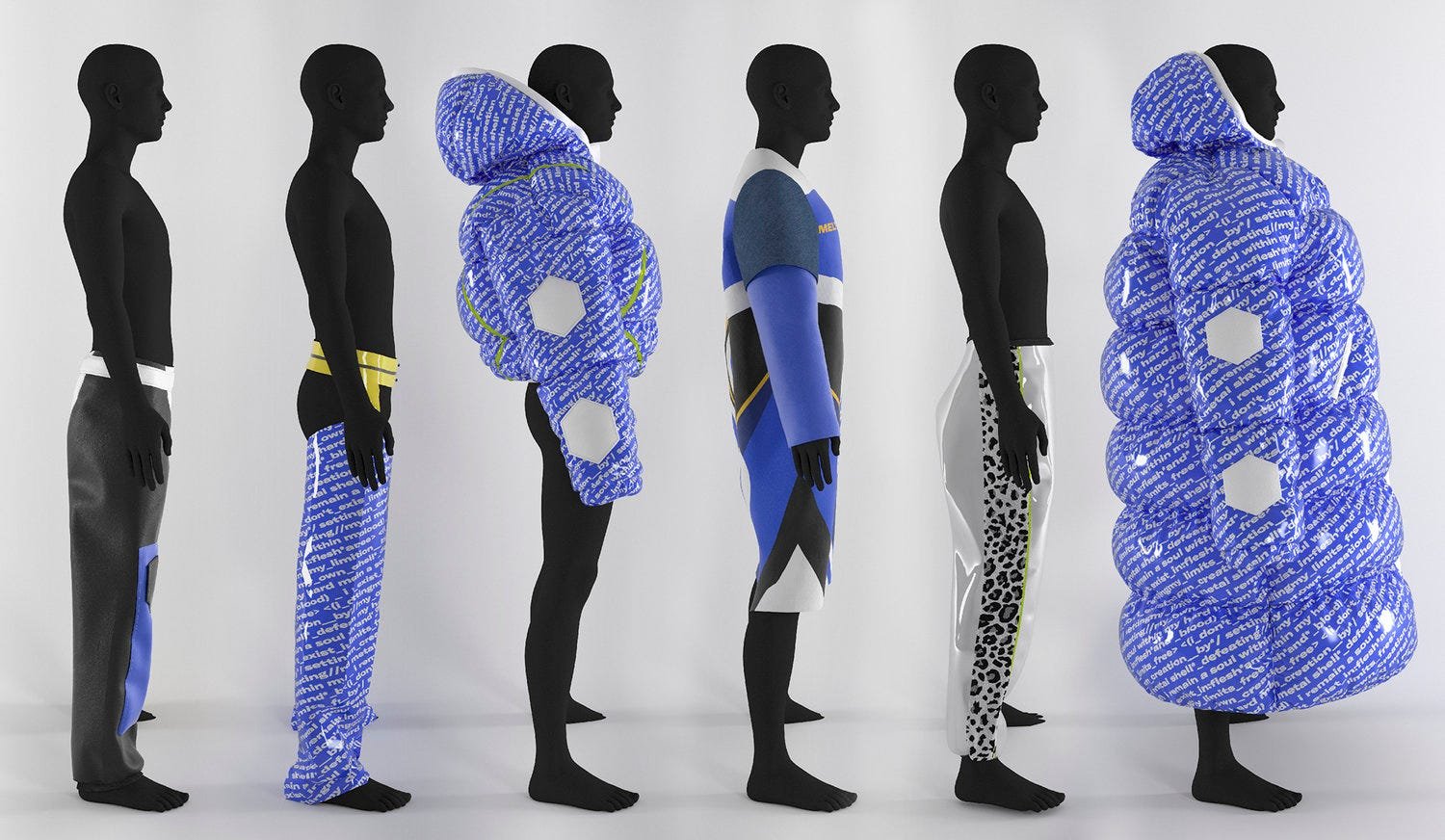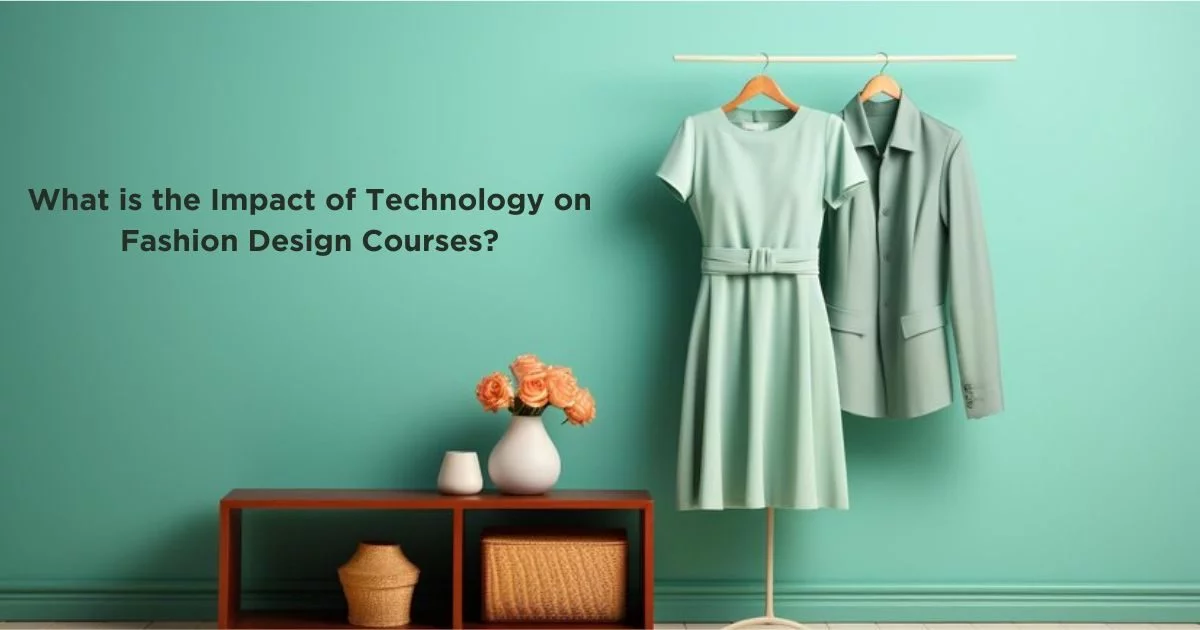Technology is revolutionizing the fashion industry in profound ways. From the design process to production, marketing, and consumer experience, technological advancements are reshaping how fashion is created and consumed. Here’s a look at the significant impacts of technology on fashion design.
Enhanced Design Processes
Technology streamlines the design process through software and tools that facilitate creativity and efficiency. Computer-Aided Design (CAD) software allows designers to create detailed digital sketches and 3D models. This technology eliminates the need for hand-drawing, enabling quicker iterations and modifications.
3D modeling software also enables designers to visualize garments on virtual avatars. This capability allows for better understanding of fit and draping before physical samples are made. As a result, designers can reduce fabric waste and improve accuracy in their creations.
Sustainable Production Techniques
Sustainability is a pressing concern in the fashion industry, and technology plays a crucial role in promoting eco-friendly practices. Innovations such as digital printing significantly reduce water consumption compared to traditional dyeing methods. Additionally, advancements in fabric technology are leading to the development of sustainable materials, such as recycled polyester and biodegradable fabrics.
Technologies like 3D knitting and laser cutting also minimize waste during production. By using precise measurements, these methods create garments with minimal leftover fabric. As a result, brands can adopt more sustainable practices while meeting consumer demand for eco-friendly fashion.
The Rise of Customization
Technology is enabling a new era of customization in fashion design. With the rise of data analytics and artificial intelligence (AI), brands can gather consumer insights to create personalized products. This means customers can receive tailored recommendations based on their preferences and purchase history.
Furthermore, some brands now offer custom-fit garments, allowing customers to input their measurements and receive made-to-order clothing. This shift toward personalization not only enhances the consumer experience but also reduces the likelihood of returns, ultimately leading to less waste.
Innovations in Fashion Retail
The retail experience is undergoing a transformation thanks to technology. Augmented reality (AR) and virtual reality (VR) are being integrated into shopping experiences, allowing consumers to try on clothes virtually. This technology enhances the shopping experience by enabling customers to visualize how garments will look on them before making a purchase.
Additionally, online shopping platforms utilize AI to create virtual fitting rooms, giving customers a better sense of fit and style. This innovation not only improves customer satisfaction but also helps reduce the number of returns, which can be costly for retailers.
Supply Chain Transparency
Technology enhances transparency in the fashion supply chain, addressing consumer concerns about ethical sourcing and production practices. Blockchain technology is increasingly being used to track and verify the origin of materials. This allows consumers to make informed choices about the brands they support.
Brands can provide detailed information about their supply chains, from raw material sourcing to production conditions. This transparency fosters trust and loyalty among consumers, who are increasingly seeking brands that align with their values.

Influencer Marketing and Social Media
The rise of social media and influencer marketing has drastically changed how fashion is marketed. Brands now have the ability to reach wider audiences through digital platforms. Influencers showcase products, offer styling tips, and create trends, often shaping consumer purchasing decisions.
Technology also enables brands to analyze consumer engagement and preferences in real time. By leveraging social media analytics, brands can refine their marketing strategies and better connect with their target audiences.
Conclusion
The impact of technology on fashion design is vast and multifaceted. From enhancing the design process to promoting sustainability, customization, and transparency, technology is shaping the future of the industry. As designers and brands continue to embrace these advancements, the fashion landscape will undoubtedly evolve, offering exciting possibilities for creativity, sustainability, and consumer engagement.




